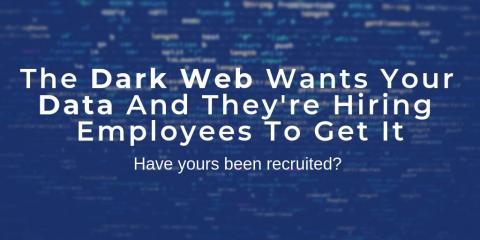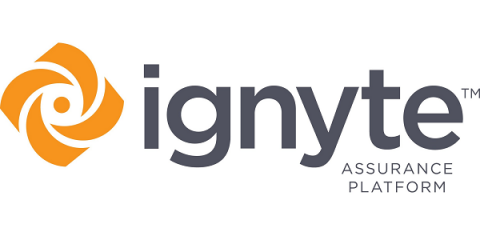Bad Password Management by Privileged Insiders Puts the Organization at Risk
Ponemon’s 2019 State of Password and Authentication Security Behaviors Report highlights how inappropriate use of privileged password can give insiders the access they need. Ultimately, the malicious insider needs one thing to perform an act that hurts the organization – access.









